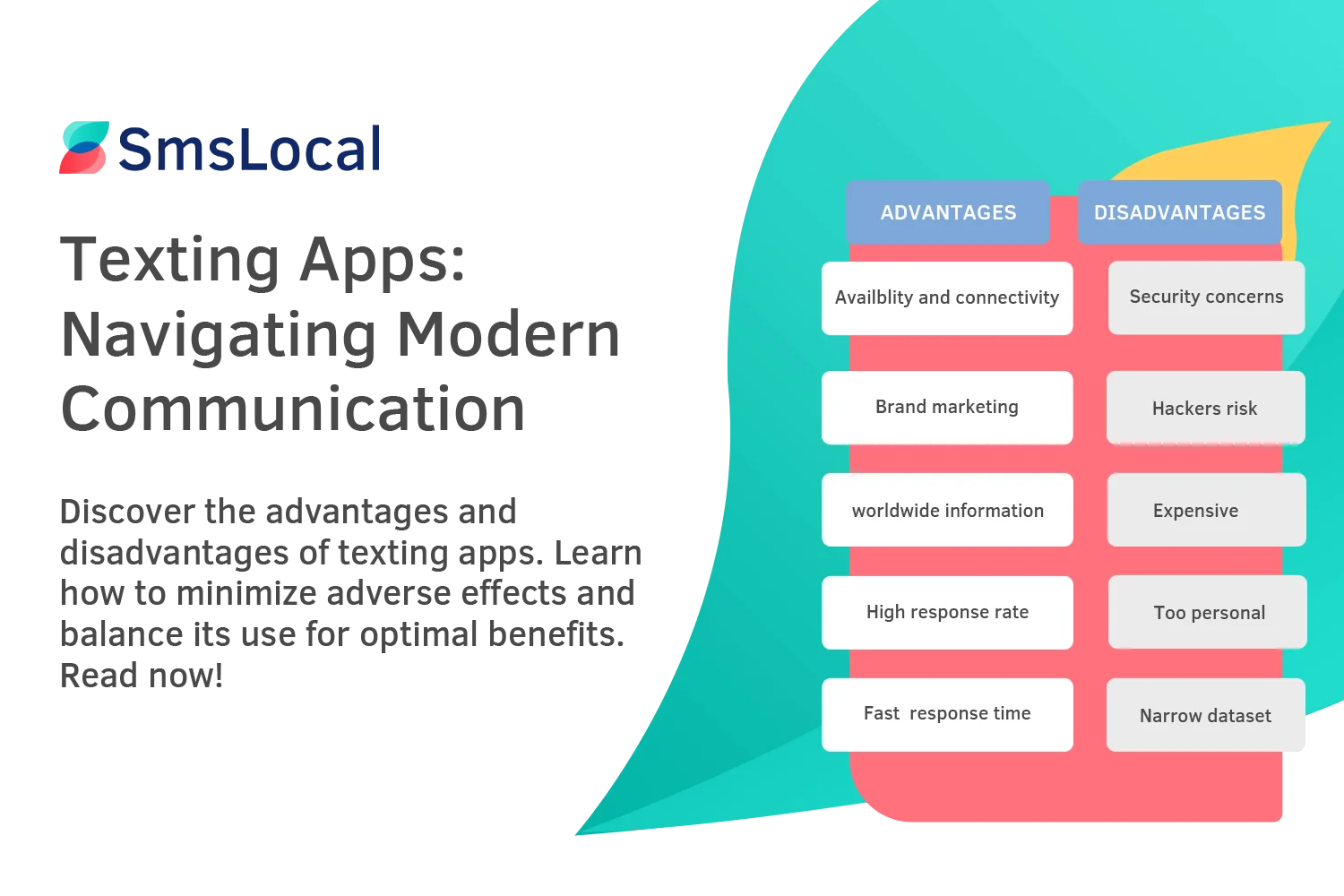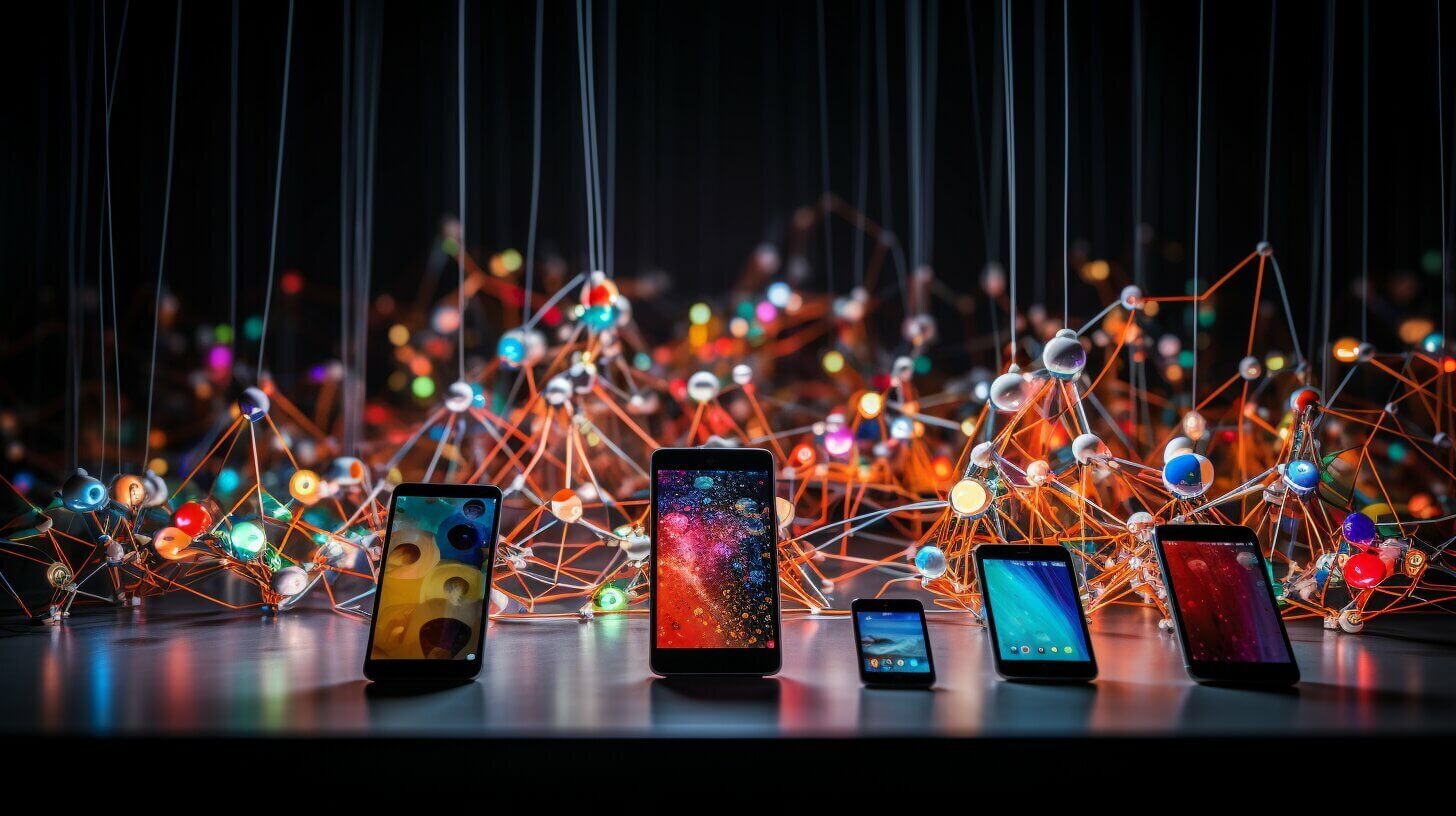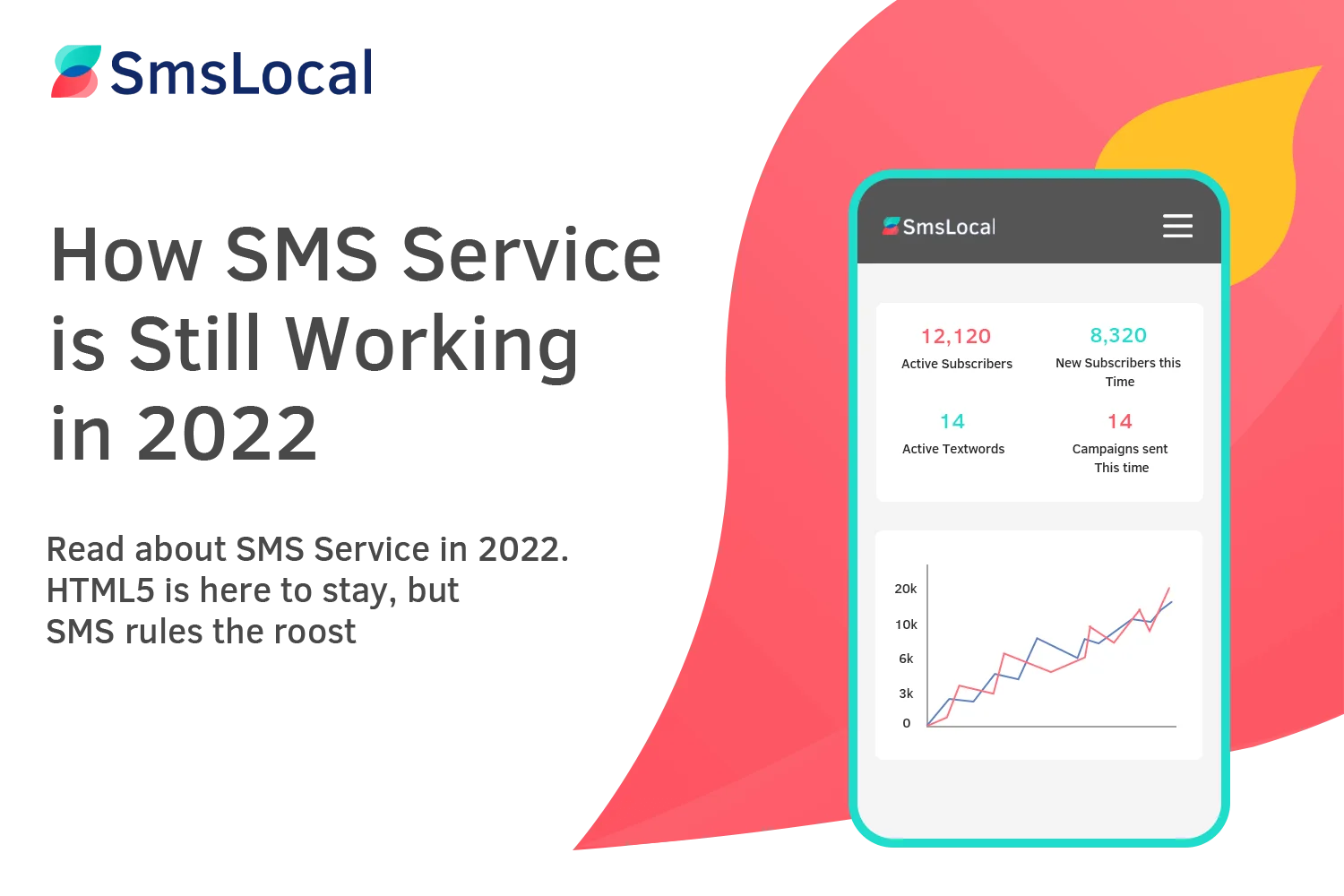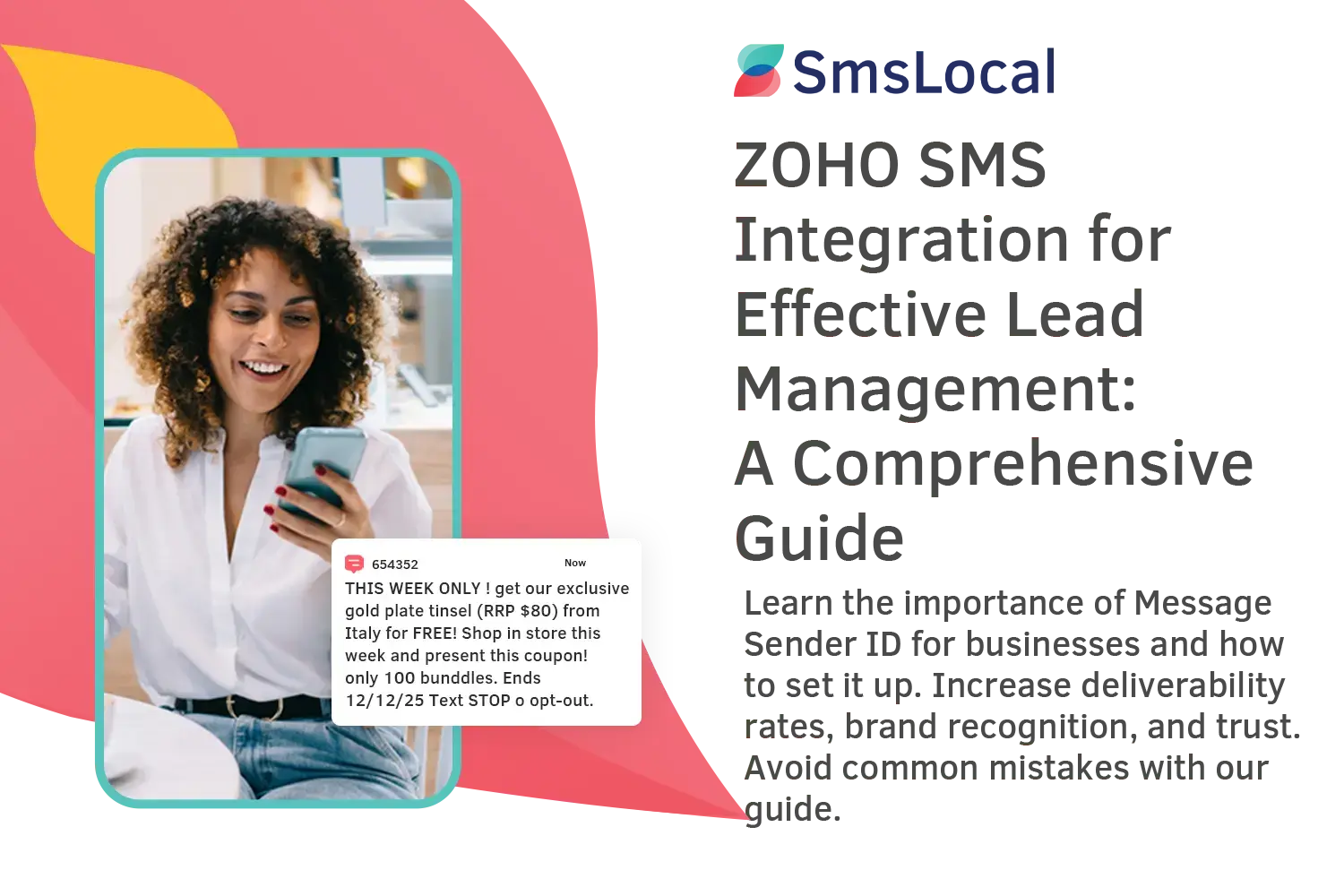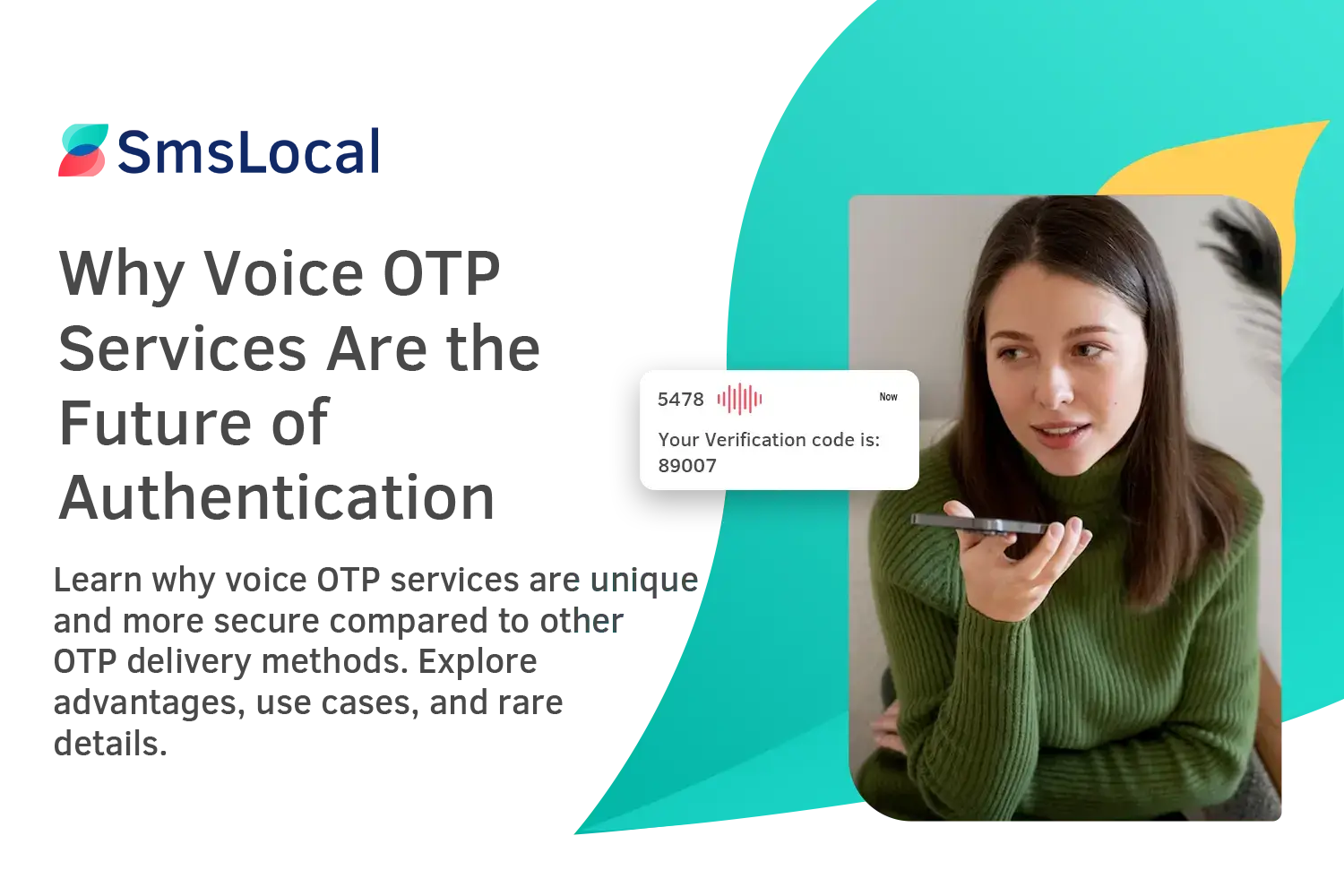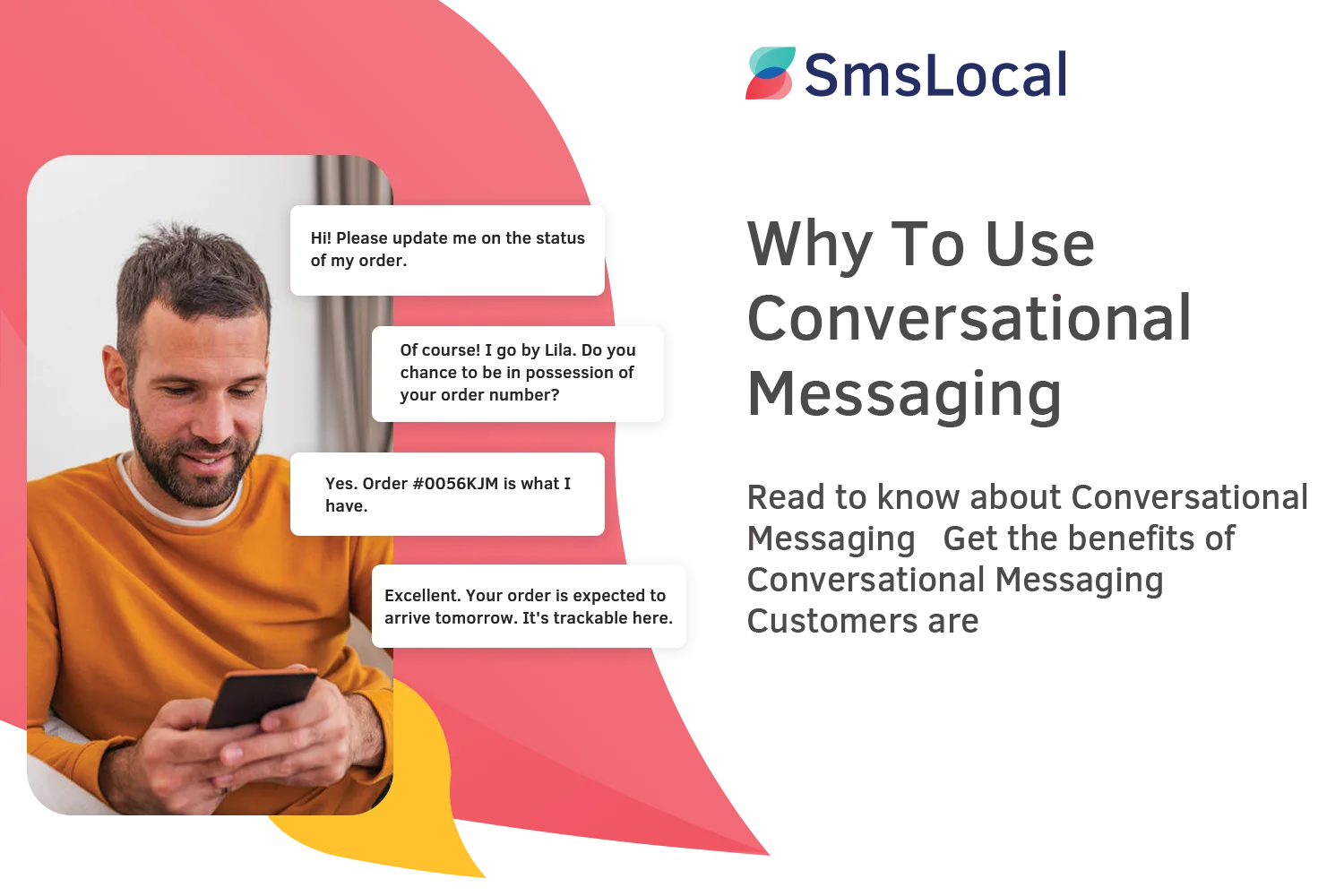Behind the Screens: Revealing the Good, the Bad, and the Ugly of Texting Apps
The Role of Texting Apps in Modern Communication.
Texting apps have revolutionized communication in our modern world. They allow for fast and easy communication with friends, family, colleagues, and even strangers across the globe.
Unlike traditional text messaging on your mobile device, which can be costly and limited to specific devices or carriers, texting apps are affordable and offer more features than just sending messages. In addition, with the growing popularity of smartphones, texting apps have become an essential tool for people to stay connected.
According to a recent survey by Pew Research Center, 81% of Americans own smartphones, and 97% of smartphone users text regularly. This shows how heavily reliant we have become on these apps as a primary means of communication.
The Explanation of Texting Apps
A texting app is an application that allows users to send text messages instantly using an internet connection instead of cellular data or SMS messaging. In addition, these apps often come with added features such as video calls, voice messages, group chats, and location sharing.
The most popular texting apps include WhatsApp Messenger, which has over two billion active users worldwide, followed by Facebook Messenger, with 1.3 billion active users monthly. Other popular texting apps include Telegram Messenger, which boasts end-to-end encryption for security purposes; Signal messenger app; WeChat; Viber; etc.
The Importance of Texting Apps in Modern Communication
The importance of these applications cannot be overstated in modern-day communication as they provide quick access to friends and family members regardless of their location worldwide. In addition, they cut across cultural barriers that hinder traditional text messaging services like international roaming costs.
Moreover, businesses likewise use texting applications like Slack or Microsoft Teams to enable their teams’ efficient collaboration through quick communication and file sharing, thereby promoting teamwork within their organizations. These applications also save companies money by reducing the need for expensive phone calls or video conferences.
The Overview of the Topic
Despite the benefits, these apps have their fair share of challenges. As people get accustomed to using them, they may become addicted, leading to distraction and decreased productivity. Likewise, they can lead to social isolation and reduced face-to-face communication skills, essential in building relationships.
In addition, privacy concerns and security risks are prevaith using texting apps, as cybercriminals often target users with phishing scams and malware attacks. These issues highlight the need for users to be aware of this technology’s positive and negative aspects.
This article will examine the good, bad, and ugly aspects of texting apps. We will explore their advantages and disadvantages while providing valuable tips on balancing their use for optimal benefits while minimizing negative impacts on our lives.
The Good
Convenience: Stay Connected Anywhere, Anytime
Texting apps are highly convenient and have become a staple of modern communication. They allow users to stay connected with family, friends, and colleagues from anywhere in the world at any time. Moreover, texting apps do not require a cellular network connection, unlike traditional SMS messaging.
Instead, they use Wi-Fi or mobile data to transmit messages quickly and efficiently. This means you can send and receive notifications even when traveling abroad or in areas with poor network coverage.
In addition to sending text messages, apps like WhatsApp and Facebook Messenger allow users to make voice calls, video calls and share files such as pictures, videos, or documents. This feature is handy for people who live far away from their loved ones, as they can still connect in real-time without paying exorbitant phone bills.
Cost-effectiveness: No More Expensive Text Messages
One of the most significant benefits of using texting apps is that they are cost-effective compared to sending traditional SMS messages through your carrier’s network. Most texting apps like WhatsApp or Telegram use an internet connection instead of relying on your cellular data plan, saving you a lot of money in the long run.
For instance, international SMS charges can be steep. Still, with texting apps like WhatsApp or Viber, which offer free messaging services globally, you can connect with anyone worldwide without worrying about extra costs. In addition to saving money on international messages, texting apps are also beneficial for individuals who don’t have unlimited text messaging plans on their phone, as it allows them to communicate more without worrying about overages.
Accessibility: Reach Out To Anyone Without Limitations
With so many different types of smartphones available today, it’s sometimes difficult for users of various devices to communicate effectively with each other. Texting apps solve this problem by being compatible with multiple operating systems, including iOS and Android, making it easy for users to communicate with each other regardless of their device. This is especially important for friends or family members who use different devices or operating systems.
Accessibility also means that texting apps can be used on smartphones, tablets, and computers. This makes it easier to stay in touch no matter where you are or what device you’re using.
Customization Options: Personalize Your Texting Experience
Texting apps provide users with various customization options to personalize their communication experience. For example, users can customize the app’s appearance by changing its theme, colors, font size, and more.
They can also set custom notifications for specific contacts or groups so they know immediately when they receive a message from someone important. Moreover, some texting apps such as Telegram or Signal offer advanced privacy features like self-destructing messages and end-to-end encryption, offering an extra security layer when communicating sensitive information.
The Bottom Line
Overall, texting apps have many advantages over traditional SMS messaging. Their convenience, cost-effectiveness, accessibility, and customization options make them a must-have tool in modern communication. However, it’s essential to remember the potential drawbacks associated with excessive use of these applications, as discussed in the next section.
Miscommunication Due to Lack of Tone and Body Language
One of the main disadvantages of texting apps is the potential for miscommunication due to the absence of tone and body language. Unlike face-to-face communication or phone calls, text messages lack important nonverbal cues that help convey meaning.
This can lead to misunderstandings, confusion, and even conflict. For example, a simple message like “I’m fine” can be interpreted in numerous ways depending on the context and tone.
Without hearing the speaker’s voice or seeing their facial expressions, it’s impossible to know whether they are truly okay or just saying so out of politeness. This can be especially problematic in sensitive or emotional conversations where clarity is crucial.
To address this issue, users need to be mindful of their wording and considerate of how others may perceive their messages. They should also strive to use emojis or other visual aids when appropriate to convey tone and emotion.
Dependence on Technology
Another downside of texting apps is the dependence on technology that they promote. In today’s digital age, it’s not uncommon for people to feel lost without their phones or internet access.
Texting apps can exacerbate this problem by constantly requiring immediate communication. This dependence on technology can have negative consequences, such as decreased productivity, increased distraction, and reduced face-to-face interaction.
In extreme cases, it may even lead to addiction-like behaviors that interfere with daily life. To mitigate this risk, users should set boundaries around texting apps.
For example, they might limit their usage during certain times of day, such as work hours or family time. They could also take occasional breaks from technology to reconnect with themselves and those around them.
Privacy Concerns and Security Risks
Another primary concern related to texting apps is privacy and security. In recent years, numerous high-profile cases of data breaches and hacking attacks have compromised user information.
Some risks associated with texting apps include identity theft, unauthorized access to personal or financial information, and exposure to malware or other harmful software. Additionally, many apps collect user data such as location information and browsing history which can be sold or shared with third parties.
To protect themselves against these risks, users should carefully read the terms and conditions of any app they use and be selective about what personal information they share. They should also use strong passwords and enable two-factor authentication where available.
Conclusion
While texting apps offer many advantages regarding convenience and accessibility, it’s essential to recognize that they also have drawbacks. Miscommunication due to lack of tone and body language can lead to misunderstandings, dependence on technology can lead to addiction-like behaviors, and privacy concerns pose severe risks for users’ personal information.
However, by being mindful of these issues and taking steps to mitigate their impact, users can continue to enjoy the benefits of texting apps without putting themselves at undue risk. By communicating thoughtfully, setting boundaries around technology usage, and protecting their privacy online, they can make sure that their experience with texting apps remains positive for years to come.
The Ugly
While texting apps have revolutionized how we communicate, excessive use can negatively impact our well-being and relationships. This section will explore the “ugly” side of texting apps, specifically the adverse effects of excessive use.
Social Isolation and Decreased Face-to-Face Communication Skills
One of the most significant adverse effects of excessive use of texting apps is social isolation. A study by the Pew Research Center found that Americans aged 18-29 send an average of 88 text messages daily, meaning they spend a considerable amount of time communicating with others through screens rather than in person.
As a result, individuals who rely too heavily on texting apps for communication may need more interpersonal skills. Moreover, face-to-face communication is essential for forming meaningful connections with others and strengthening existing relationships.
When we rely on texting as our primary mode of communication, we miss out on nonverbal cues like tone, body language, and facial expressions that provide context to what someone is saying. Over time, this lack of face-to-face communication can lead to misunderstandings and miscommunications.
Increased Distraction and Decreased Productivity
Another adverse effect of excessive use of texting apps is increased distraction and decreased productivity. It’s easy to get sucked into a conversation with someone via text message or group chat when you should be focusing on work or other essential tasks.
A study by Microsoft Corporation found that it takes an average person 15 minutes to regain focus after being distracted by a notification from their phone. Multiply this by several reports throughout the day from various group chats and conversations happening on your phone simultaneously can significantly impact your ability to concentrate adequately throughout the day.
Impact on Mental Health
The adverse effects of excessive use of texting apps can also extend to our mental health. Research has found that individuals who spend more time on their phones have a higher risk of depression and anxiety. Furthermore, excessive phone use can lead to a lack of sleep, impacting mood, cognitive function, and overall well-being.
A study by the National Sleep Foundation found that 90% of adults admitted to using their electronic devices within an hour before bedtime. In addition, the blue light emitted by phones can suppress melatonin production and interfere with sleep patterns, contributing further to negative impacts on mental health.
Conclusion
While texting apps offer many benefits for communication in modern society, it’s essential to be aware of the potential negative impacts of excessive use. Social isolation, decreased face-to-face communication skills, distraction and decreased productivity, and implications for mental health are all things to consider when using these apps frequently or excessively. To balance out the “ugly” side of texting apps’ overuse is essential to set boundaries around phone usage.
This may include turning off notifications during work hours or creating technology-free spaces in your home. Mindful usage and moderation in texting apps will help you enjoy their benefits while minimizing any negative impacts they may bring.
Conclusion
Summary of Key Points
Texting apps have revolutionized modern communication, offering significant benefits such as convenience, cost-effectiveness, accessibility, and customization options. However, they also have downsides, including miscommunication due to the lack of tone and body language, dependence on technology, privacy concerns, and security risks. In addition, excessive use of texting apps can lead to social isolation, decreased face-to-face communication skills, increased distraction, reduced productivity, and negative impacts on mental health.
The Importance of Being Aware
Users must be aware of texting apps’ positive and negative aspects. By doing so, they can make informed decisions about how to use these apps to maximize their benefits while minimizing their drawbacks.
Firstly users should prioritize face-to-face communication when appropriate because it provides a more personal touch to human connection. Secondly, users should limit their exposure to texting during certain times of the day, such as when driving or during meals with others.
Thirdly users could consider using texting alternatives like video calling or voice messaging, which would allow them to retain the convenience factor while increasing human interaction. Again, being aware will enable you to take charge of your habits when using these apps instead of letting them control your life.
Final Thoughts on Balancing Use for Optimal Benefits
Texting apps are an essential aspect of modern communication that offer a wide range of benefits when used responsibly. By being mindful of how we use them, we can maximize their potential while minimizing their adverse effects on our daily lives.
To balance usage optimally, users need to set clear boundaries around when to engage with these applications,prioritize face-to-face conversations over digital ones where appropriate ,and take breaks from all forms of technology periodically throughout our day. Using texting apps mindfully and intentionally can help us stay connected with the people we care about while maintaining a healthy balance between our digital and natural worlds.

